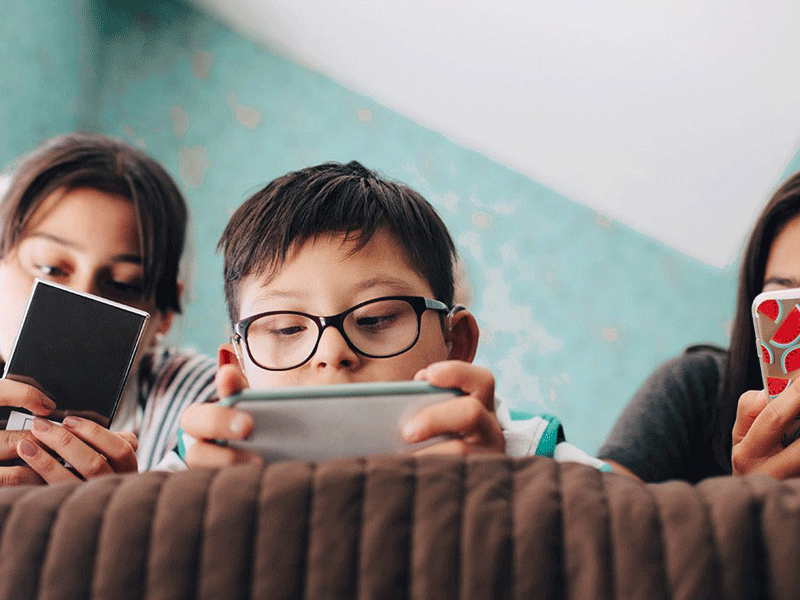The researchers say 35 percent of those ages 13 to 16 needed glasses in 2018. That’s up from 20 percent in 2012. Two-thirds of those children received diagnoses of nearsightedness.

All that ocular stimulation has apparently resulted in eye strain, blurred vision, and shortsightedness.
The researchers say 35 percent of those ages 13 to 16 needed glasses in 2018. That’s up from 20 percent in 2012. Two-thirds of those children received diagnoses of nearsightedness.
In the U.K., those children are spending 26 hours a week in front of an electronic screen, including televisions.
Children have been staring at multiple screens for at least a couple decades. It’s culturally inescapable and practically necessary for school, work, and binge-watching Netflix.

Health Tips has strict sourcing guidelines and relies on peer-reviewed studies, academic research institutions, and medical associations. We avoid using tertiary references. You can learn more about how we ensure our content is accurate and current by reading our editorial policy.
